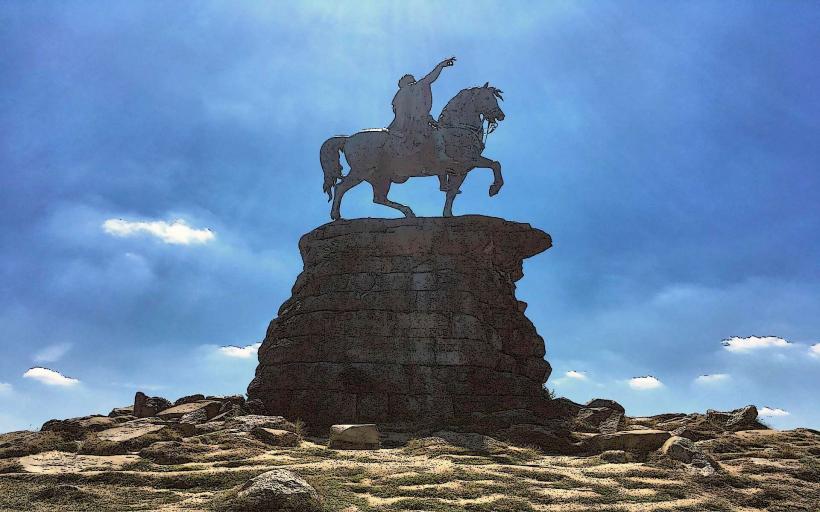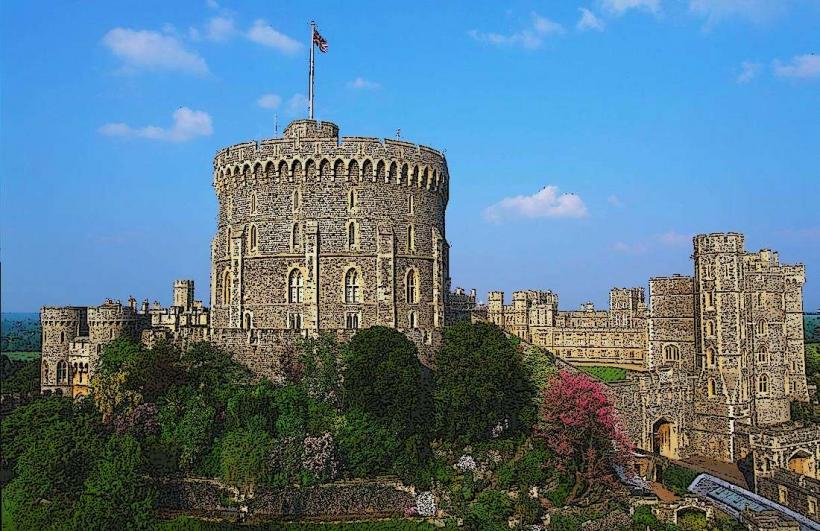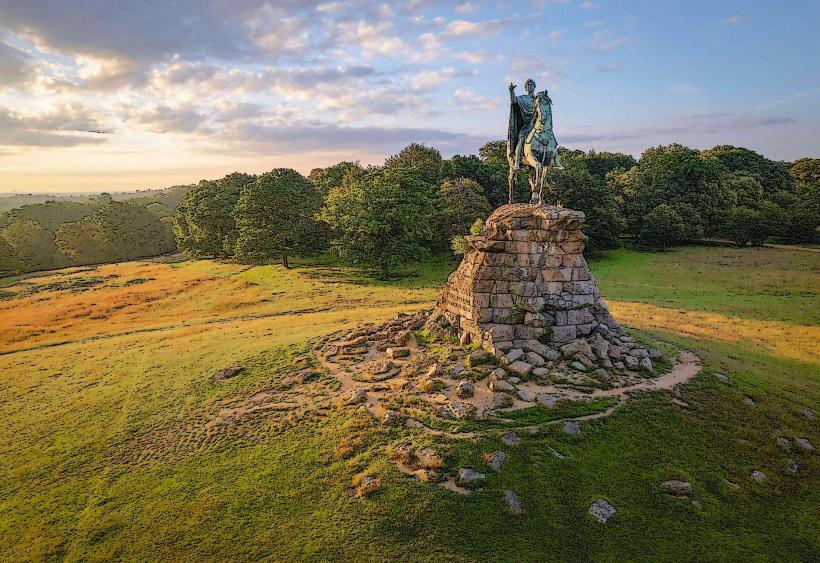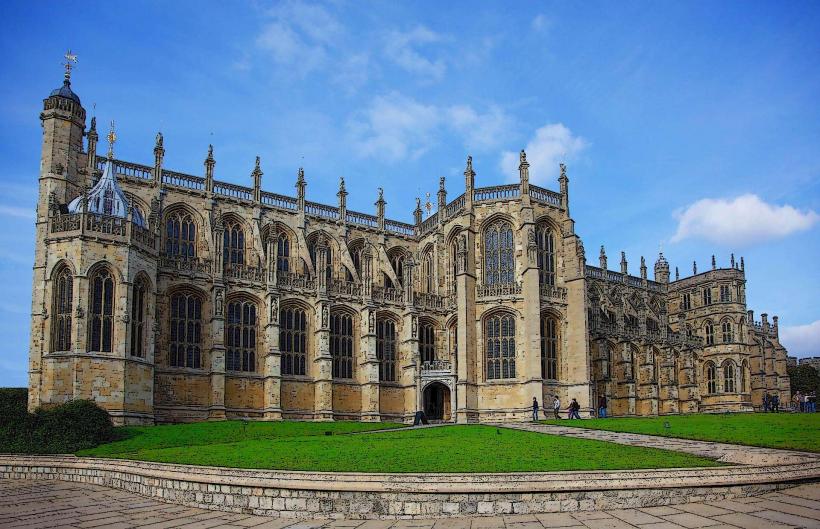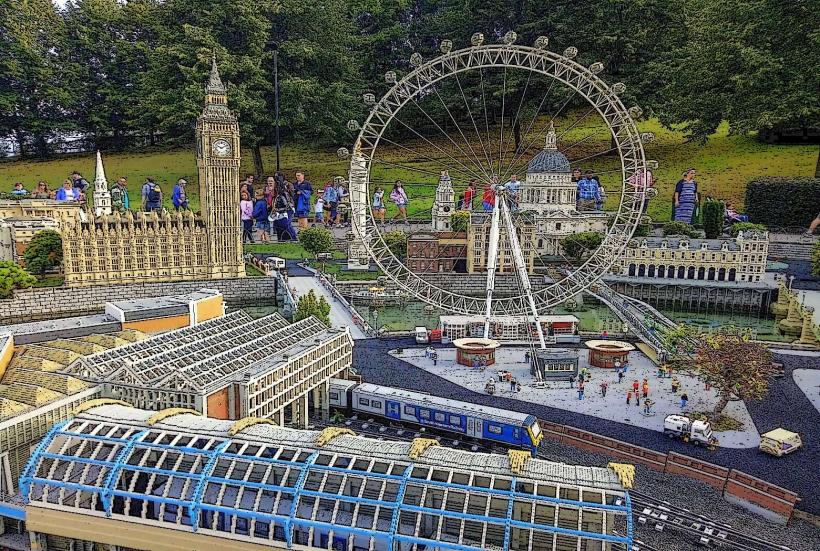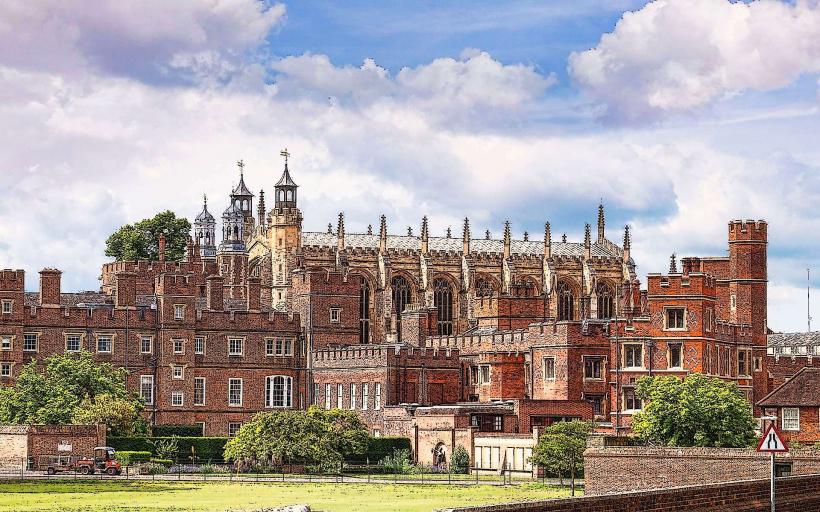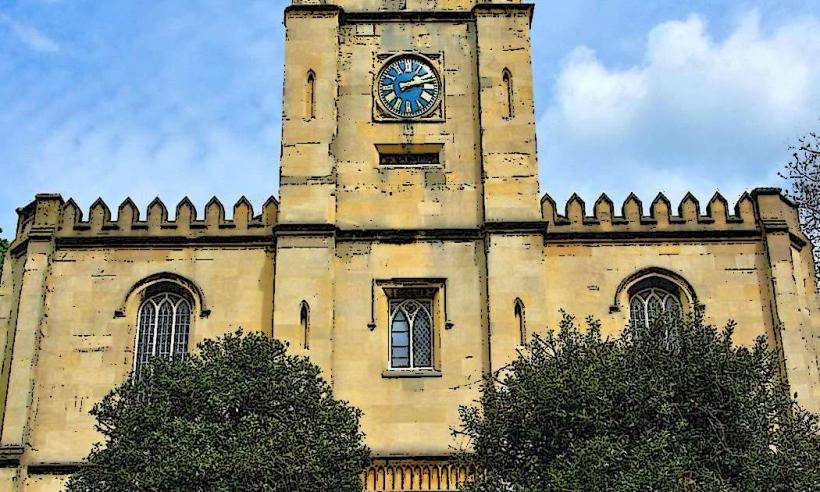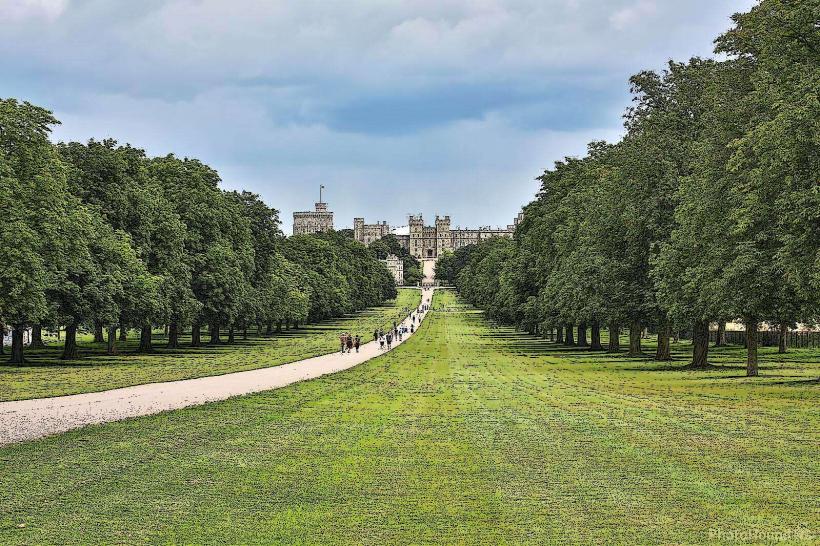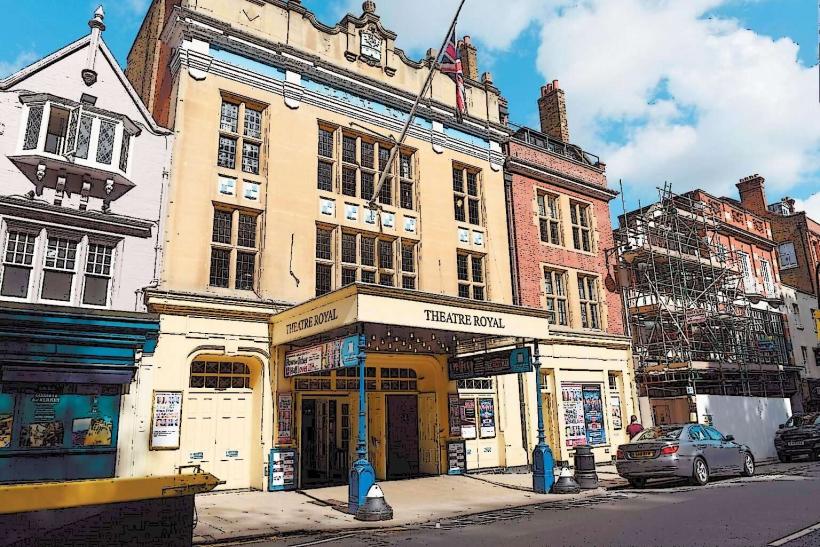Information
Landmark: Frogmore HouseCity: Windsor
Country: United Kingdom
Continent: Europe
Frogmore House is a historic royal residence located in Windsor Great Park, about a mile south of Windsor Castle. It has been associated with the British royal family for centuries and is known for its beauty, peaceful setting, and historical significance. Here’s a detailed overview of Frogmore House:
History and Origins
Early History: Frogmore House dates back to the 17th century. It was originally built in the early 1600s by Henry VIII's courtier, John Harrington, and the house’s name is thought to be derived from the abundance of frogs in the area surrounding the house. It was first known as Frogmore in the 1600s, although the present house was largely rebuilt and expanded in the late 18th century.
Royal Connections: The house became a royal residence when Queen Charlotte, wife of King George III, took an interest in it in the late 18th century. Queen Charlotte purchased the property in 1792 and had it renovated into a private retreat away from the royal court’s formalities at Windsor Castle. She used Frogmore House as a country retreat where she could relax and entertain her family and friends.
19th Century: Over the years, Frogmore House was used by various members of the royal family. Queen Victoria and Prince Albert were particularly fond of Frogmore and spent time there with their family. It was during their ownership that the estate saw significant improvements, including the addition of the beautiful Frogmore Gardens, which were designed by the famous landscape architect William Kent.
Architecture and Features
Exterior: Frogmore House has a classic Georgian-style facade, with elegant proportions and symmetry typical of 18th-century architecture. The house is built of brick and stone and is relatively modest compared to other royal residences, which reflects its purpose as a private retreat rather than an official royal residence.
The House: The interior of Frogmore House is a charming mixture of Georgian and Victorian styles. Notable rooms include the Saloon, a large central room used for entertaining, and the China Room, which is decorated with Chinese wallpaper and other exotic influences. Frogmore also contains a large collection of royal portraits and other memorabilia, reflecting the royal family's long history with the house.
Gardens and Grounds: The Frogmore Gardens are one of the highlights of the property. The gardens are extensive and beautifully landscaped, designed in a romantic style with tree-lined avenues, ornamental ponds, and a variety of plants and flowers. Frogmore House is particularly famous for its Private Mausoleum, which is the burial place of Queen Victoria and her husband, Prince Albert.
The Mausoleum: The Royal Mausoleum at Frogmore is an important feature of the estate. It was designed by architect James Wyatt and completed in 1861, after the death of Prince Albert. Queen Victoria herself was laid to rest there in 1901, and other members of the royal family have since been buried at Frogmore. The mausoleum is a serene and reflective space, marked by a simple yet dignified design.
Royal Use and Significance
Frogmore as a Royal Retreat: While it is not a principal royal residence, Frogmore has been a beloved retreat for several generations of the royal family. Queen Victoria and Prince Albert often used it as a private residence for themselves and their children. The house and grounds provided a much-needed escape from the pressures of royal life at Windsor Castle.
Royal Weddings: Frogmore House has been the site of notable royal events, particularly weddings. The Royal Wedding of Prince Harry and Meghan Markle in 2018 took place at Frogmore Cottage, a smaller property located nearby. This event brought renewed attention to the Frogmore estate, though the main house itself has largely remained a private property used by the royal family.
Modern Use: Frogmore House is still occasionally used by members of the royal family for private events, celebrations, and gatherings. It is considered a more intimate and less formal space compared to other royal residences. It is also open to the public at certain times of the year, including during the Windsor Spring and Summer Season, when the royal family is not in residence.
Frogmore Cottage
- Frogmore Cottage, a separate residence on the estate, is often confused with the main Frogmore House, but it is a different property entirely. In 2018, Prince Harry and Meghan Markle moved into Frogmore Cottage after their marriage. It was renovated extensively to provide a more modern living space for the couple. The cottage is located in a secluded part of the estate and offers privacy and tranquillity, making it an ideal retreat for the couple, particularly after their royal wedding.
Public Access
Open to the Public: Frogmore House is occasionally open to the public during select times of the year, such as the annual Royal Collection Trust opening in the summer. The house and gardens are generally accessible during these openings, allowing visitors to see the interior rooms, art collections, and beautiful gardens.
Frogmore Gardens: The gardens surrounding the house are also a key attraction, especially during the spring and summer months when the flowers and plants are in full bloom. The gardens are known for their varied landscape, including lakes, ornamental plants, and fine views of the surrounding countryside.
Conclusion
Frogmore House is one of the quieter and more intimate residences associated with the British royal family. With its picturesque gardens, serene atmosphere, and royal history, it remains an important part of Windsor's royal heritage. Though it is not as widely known as Windsor Castle or Buckingham Palace, Frogmore House has played a significant role in the royal family's personal life for centuries. Today, it continues to be a symbol of royal tradition and family heritage, cherished by members of the royal family and visitors alike.

